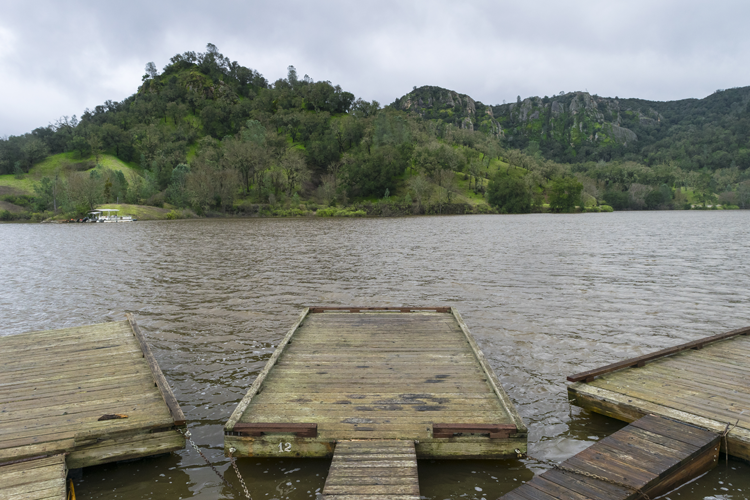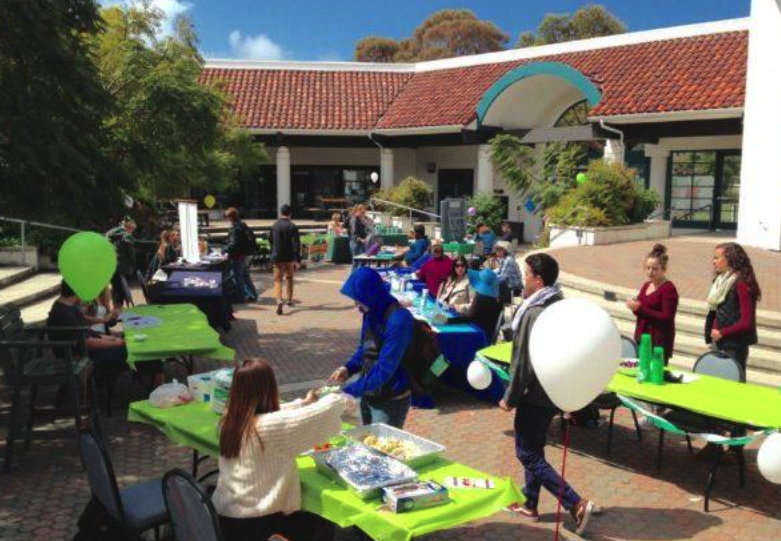[slideshow_deploy id=’4394′]
By Joel Williams
Photo Editor
While the drought still isn’t over yet, a recent round of storms has significantly increased water amounts in many local lakes and reservoirs to levels not seen in years.
Over the course of the last six years, San Luis Obispo County, along with the rest of California, has been pounded by a serious and consistent lack of rain.
Oct. 1, 2016 marked the beginning of the water year, which is when national rainfall totals are measured. From that date, every county in California was in some form of drought, according to the U.S. Drought Monitor.
Now only five months later, over 43 percent of the state is drought-free and none of California is in exceptional drought. In SLO County, this can be attributed to the historically rainy beginning to 2017.
Of the reservoirs and lakes across the county, all have seen significant rises in water levels.
With so much water coming in, local dams such as Salinas Dam (Santa Margarita Lake), Lopez Dam, and others have been monitored closely for stability due to recent events in Oroville, but records show that all of the local major dams and spillways have been examined within the past four years and have been deemed safe for use.
Santa Margarita Lake was previously around ten percent capacity six weeks ago, but has now reached over 100 percent and is overflowing, according to the SLO County Public Works Department. Lake Nacimiento which was dangerously low last year, has now increased to 85 percent.
Lopez Lake, which in December was at 22 percent, has now climbed to 47 percent and Whale Rock Reservoir on Old Creek has reached 65 percent.





















